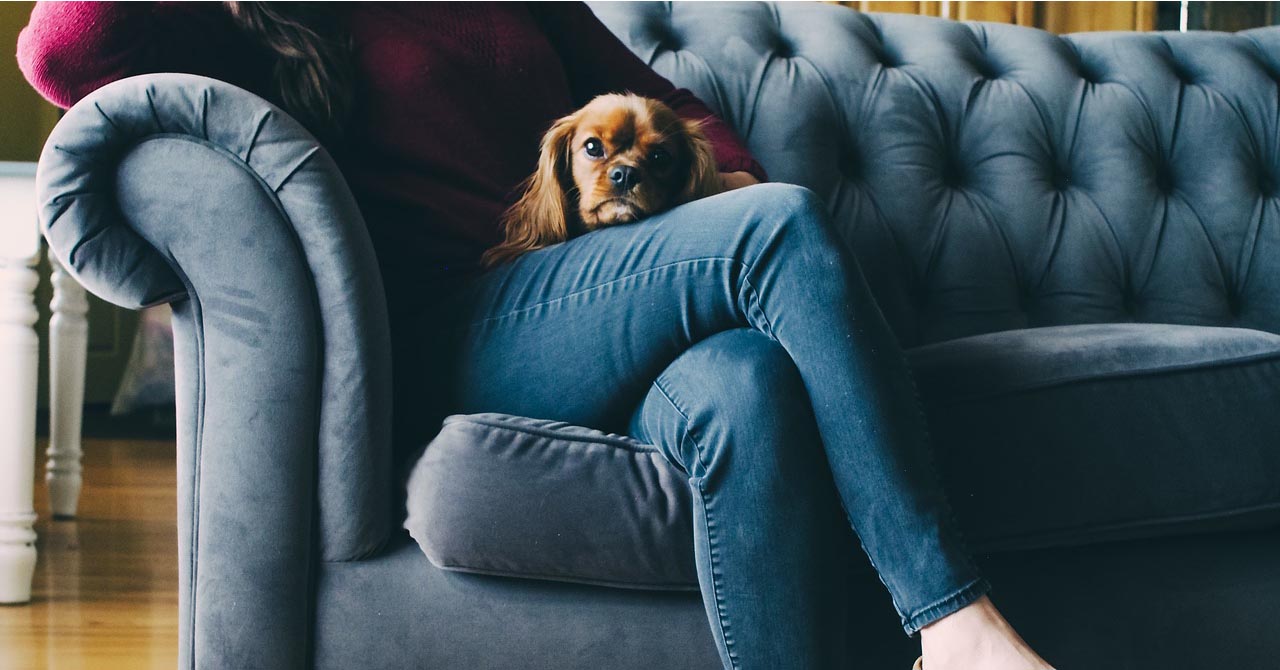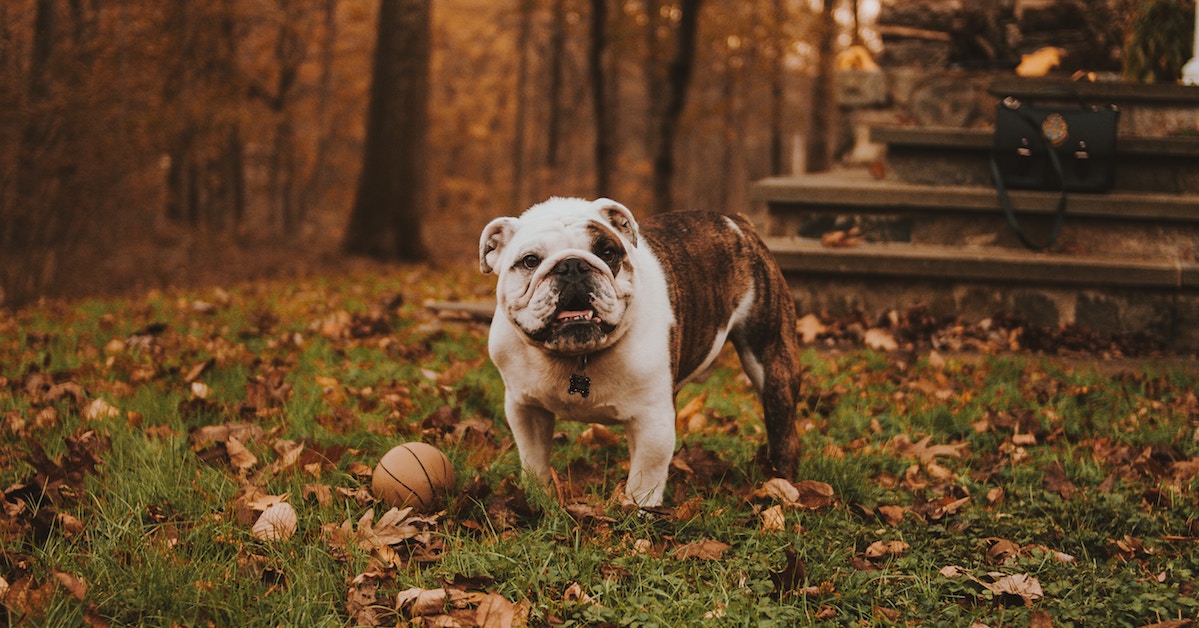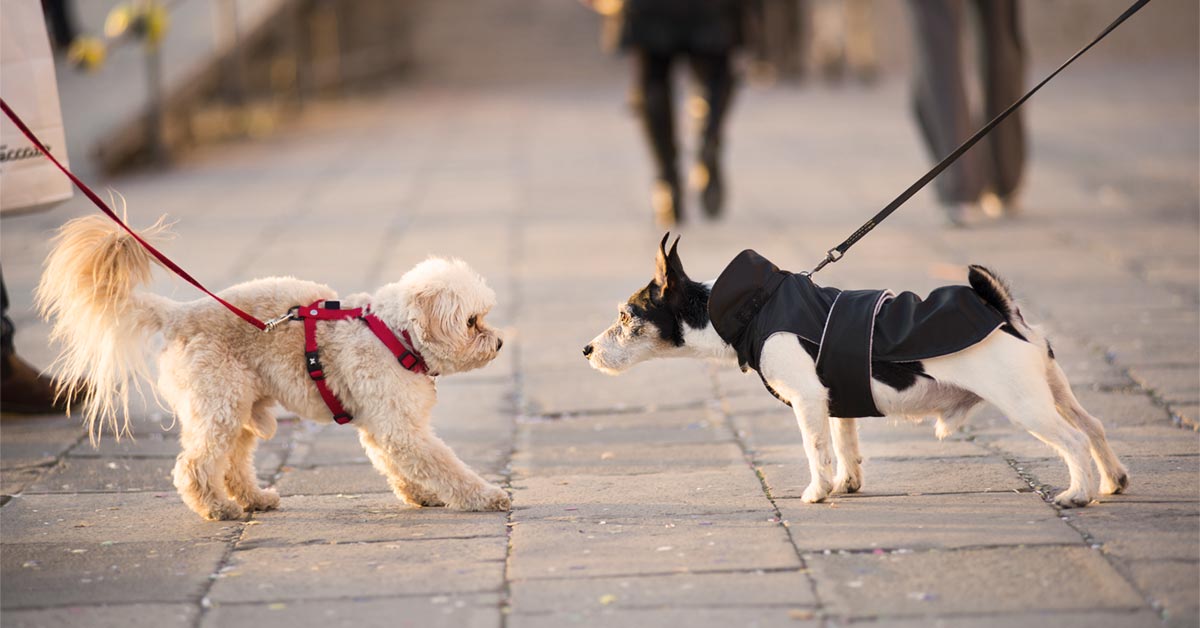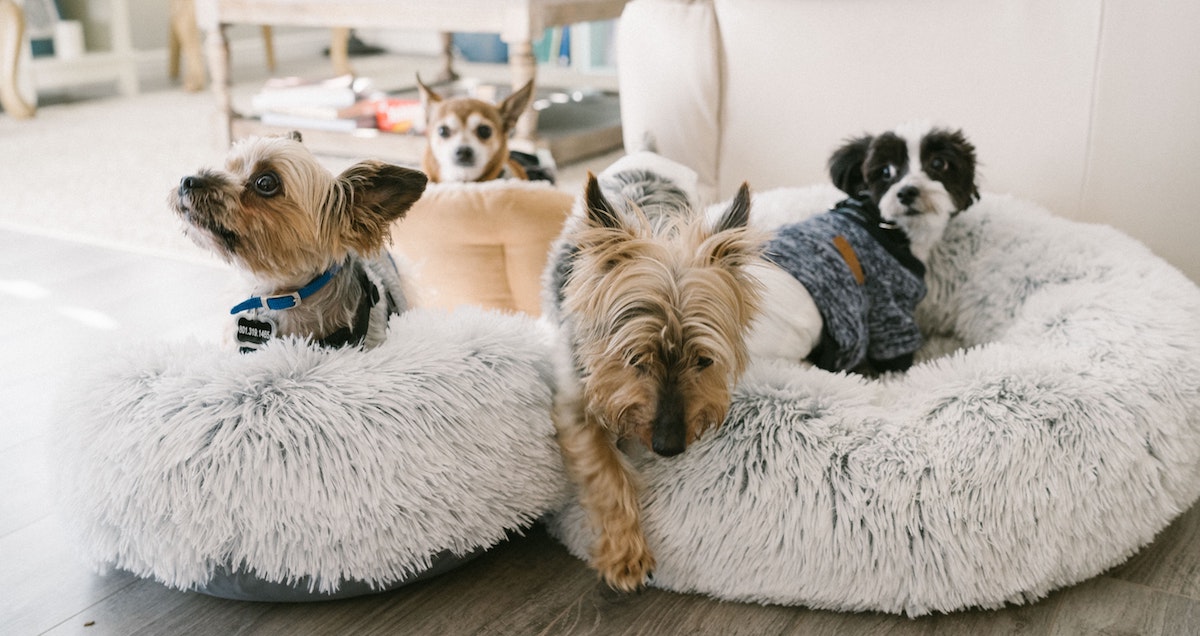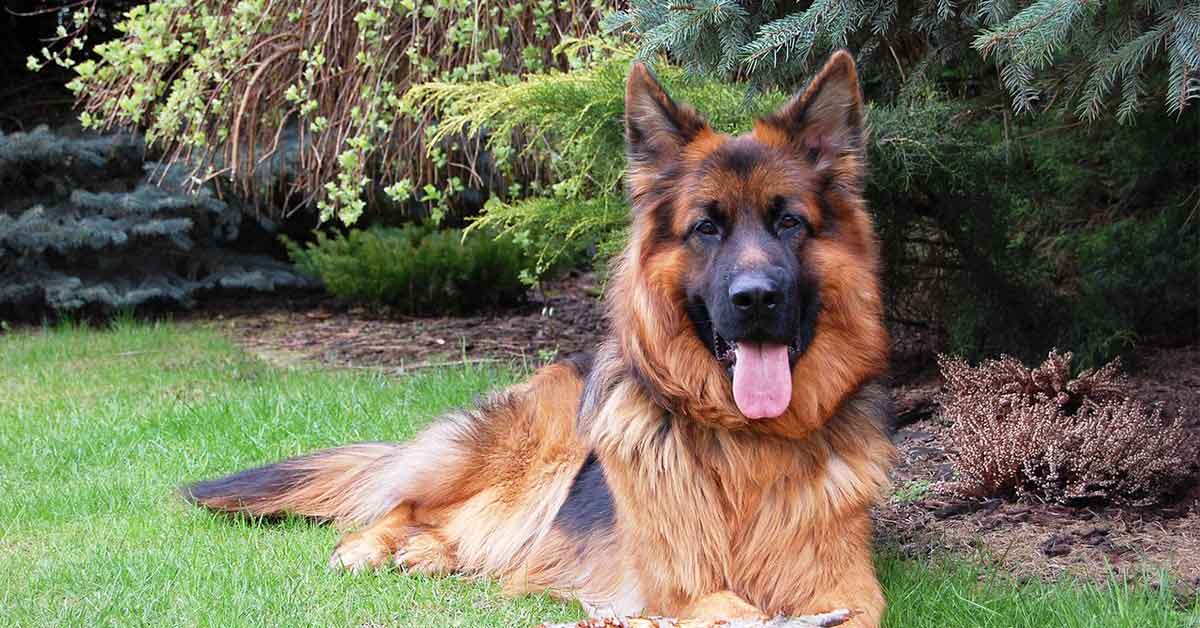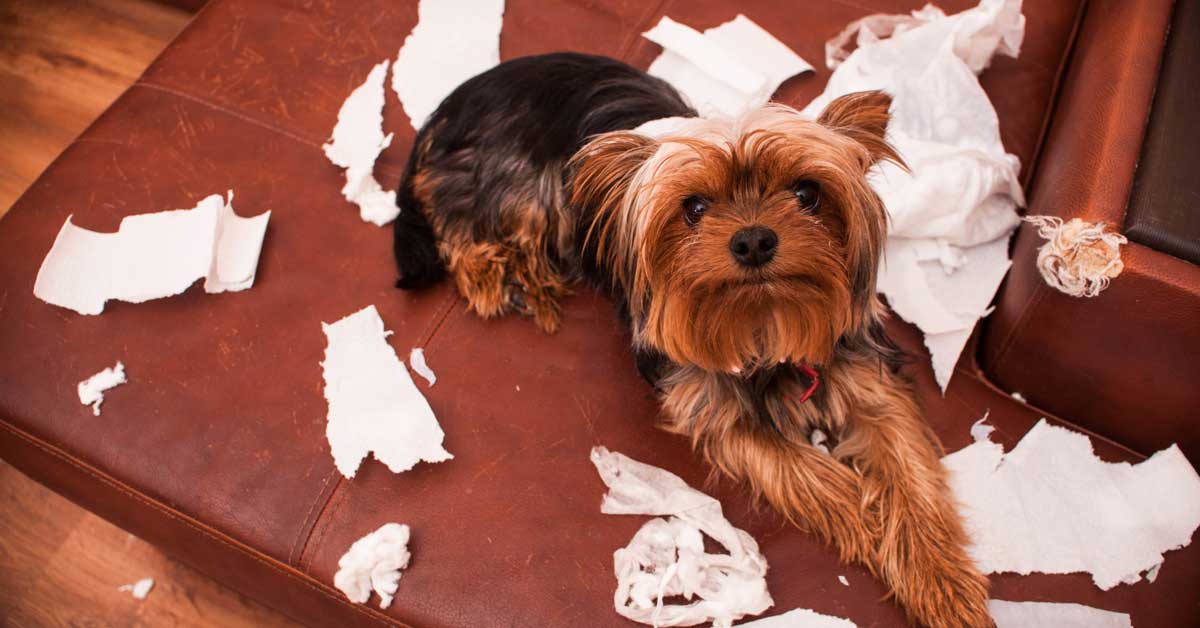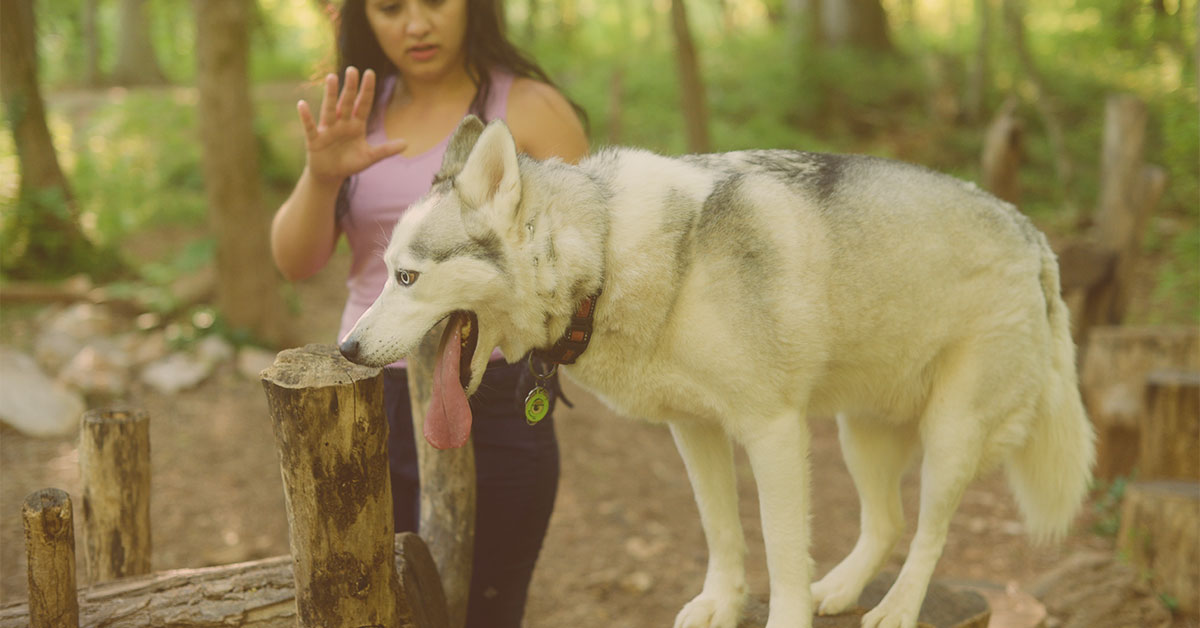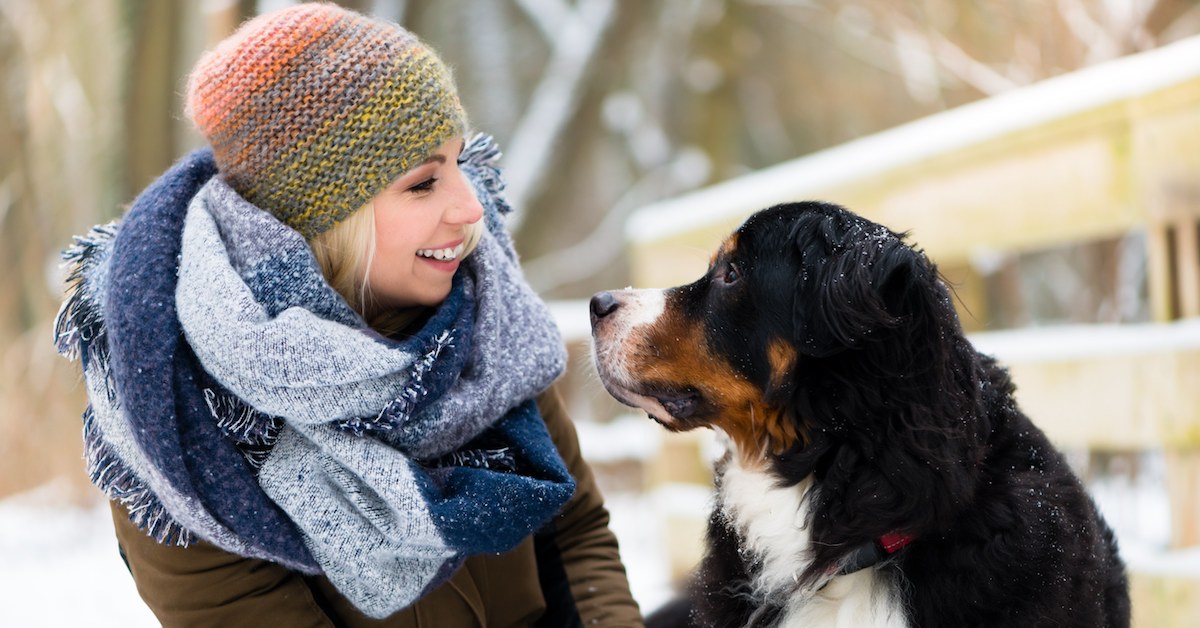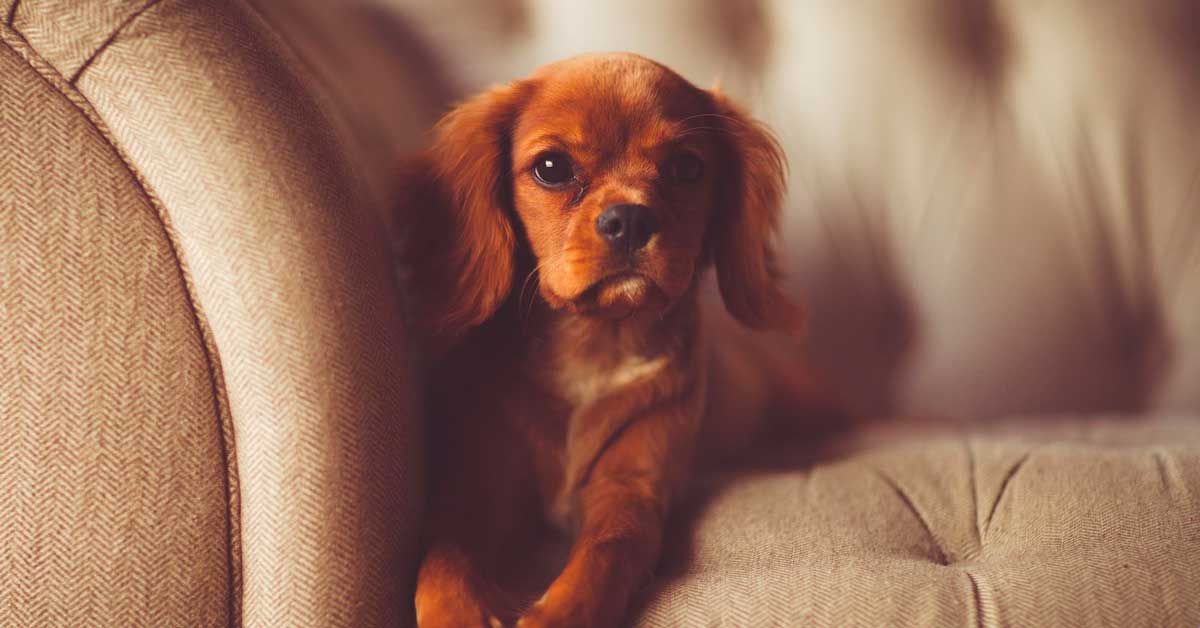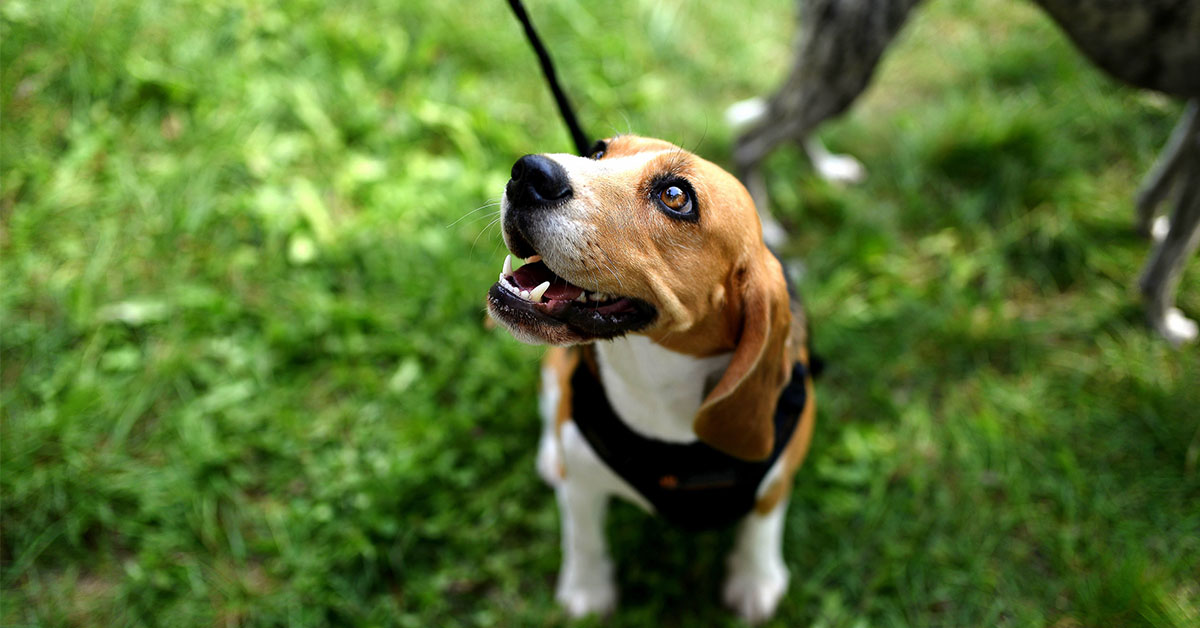Apartment living can have your dog bouncing off the walls from time to time. Rainy days may be keeping you from your trips to the dog park or maybe your work schedule has you missing your daily dog walks. Having simple ways to keep your dog entertained inside will curb any of those nasty Boredom Behaviors and give you peace of mind that your dog isn't getting a case of cabin fever. Here are our 5 favorite ways to entertain a dog in an apartment.
- Hide and Seek: This classic kid's game is also the a great game to play with your dog. All your dog needs to know how to do is "Stay" while you find a place to hide and wait with a treat. When you are hidden go ahead and call their name. Make sure to start small with short distances and easy hiding places. As your dog's skill level improves, see how far away you can hide and get more clever with your hiding spaces. Be careful not to give into your dog if they can't hold their excitement well enough to stay while you hide. Have your dog go back to their original spot and pick a closer hiding spot.
- Interactive Toys and Feeders: You may not always have time or ability to be hands on with your dog but that doesn't mean you can't still keep them entertained. There are so many interactive toys that can keep them busy opening drawers, turning knobs, and sniffing around to find yummy treats. Add an interactive feeder to your dog's meal time and they will have a daily source of fun and entertainment.
- Egg Hunt: It's doesn't have to be easter for your dog to enjoy an egg hunt. Pack some plastic eggs with yummy treats to hide around your apartment and your dog will have be sniffing around all day looking for them all.
- Play the Shell game: Get three plastic cups or other small containers. Have your dog sit and stay while you place a treat under one of the cups, mix around the cups and see if your dog can locate the hidden treat.
- Dog Training: Dog training is not only a great way to manage bad behaviors, it is also super fun and entertaining for your dog.
Wow your dog today, with these engaging activities!
Need more help keeping your dog happy with apartment living? Hire a My Curious Canine Dog Walker or set up a FREE Meet and Greet with one of our dog trainers to discuss how a personalized dog training routine can help keep your dog calm and happy.




